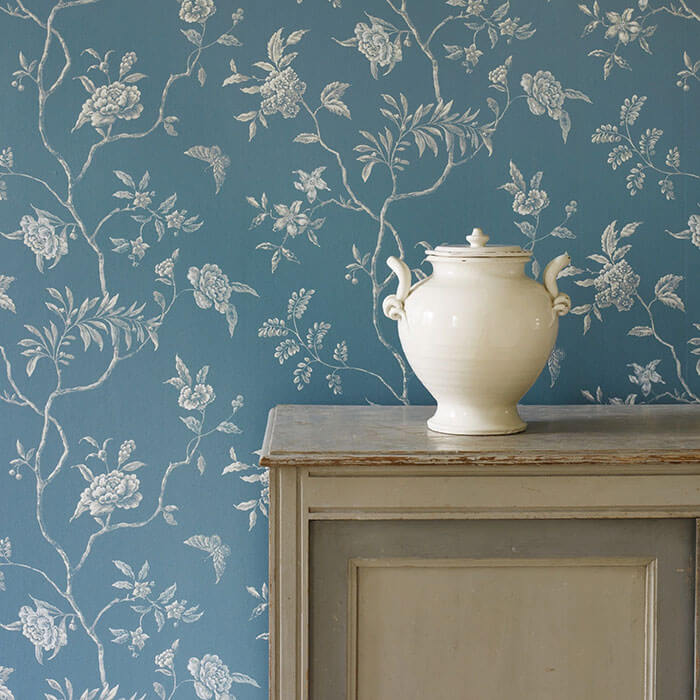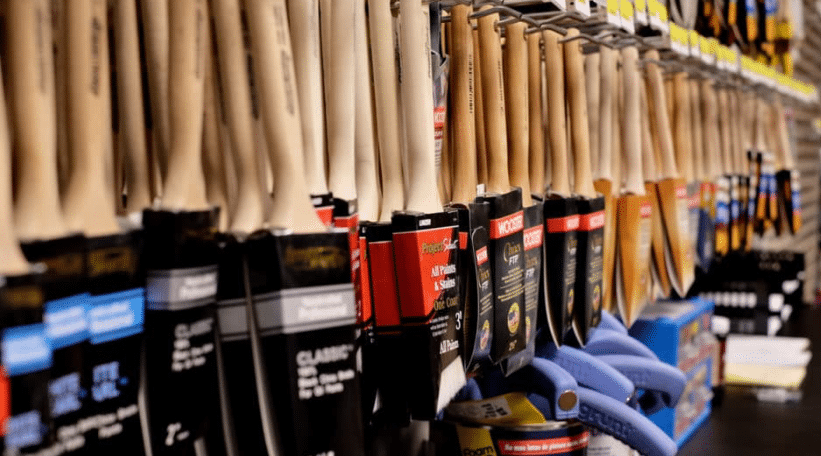Not all paintbrushes are created equal, as a perusal of the paint applicator aisle at your local paint store confirms. There are natural bristles, synthetic filaments, flat, angled and various widths. Certainly, you face a decision when you purchase a brush: which one for which paint and for which purpose.
Here’s a quick and handy guide for you to consult the next time you need a brush.
Natural Bristle
Natural-bristle paintbrushes, often called China bristle, are made from animal hair, such as hog or badger, and have natural flagged tips. Natural-bristle brushes are best used for applying oil-based paints. Using these brushes for latex paints is not recommended, as the bristles will absorb the water and become too limp to spread the paint.
Types of Coatings: Oil-based paints, alkyds, enamels, varnishes, polyurethanes, shellac
Nylon/Polyester Blends
Two of the most popular synthetic filaments are nylon and polyester. Typically, synthetic paintbrushes are made from a nylon/polyester blend. Nylon provides the durability, while polyester adds the firmness. Go with nylon alone, and you’re likely to get a brush that’s too floppy. Get a 100-percent polyester brush, and you’ll wind up with a brush that loses its shape much faster than if it’s paired with nylon. While synthetics typically are recommended for water-based paints, some of them can be used for all paints. The packaging will indicate if that is the case. The firmer blends are a better choice for today’s low-VOC paints.
Types of Coatings: acrylic paints, latex paints, varnishes, polyurethanes; some can be used in all types
Chinex
Chinex is a synthetic blend with a tough, modified-nylon filament that has the flagged tips you find in natural-bristle brushes. These brushes offer excellent control while holding and releasing a large amount of paint. These quality brushes have added stiffness but a softer tip, are easier to clean up, and last far longer than other brushes.
Types of Coatings: can be used in all types of paint
Widths
Brushes generally range in width from about 1 inch to 5 inches. The wider the brush, the more paint you’ll be able to apply in one pass. Beginner painters would do better to use a narrower brush—i.e., 2 or 3 inches—so it will be easier to control. Use a brush in a width that is slightly narrower than the surface you’re painting—i.e., a 3-inch brush for 4-inch wide surface.
Flat or Angled Brushes
You’ll also notice in the paintbrush aisle that brushes have different cuts. Some brushes are flat and are the perfect choice for holding and releasing paints on a variety of surfaces. Sash brushes are cut at a slight angle, giving the user better control for painting in corners and cutting in at the ceiling line.
Good, Better, Best
You’ll typically fine paintbrushes arranged in a good-better-best configuration at most paint stores. The better and best paintbrushes are usually displayed at eye-level to gain your attention. Remember that your paint is only as good as the paintbrush you use to apply it. Don’t buy a quality paint and then try to save money with a less-quality paint applicator. Buy top-of-the-line, if you can afford it. A quality paintbrush and paint roller, paired with a quality paint, will give you the best painting project possible.

 Interior Paints
Interior Paints Exterior Paints
Exterior Paints Primers
Primers Stains & Clears
Stains & Clears
 Paint Brushes
Paint Brushes Paint Roller
Paint Roller Paint Trays & Liners
Paint Trays & Liners Wallpaper
Wallpaper Design Services
Design Services Designer Fabrics
Designer Fabrics